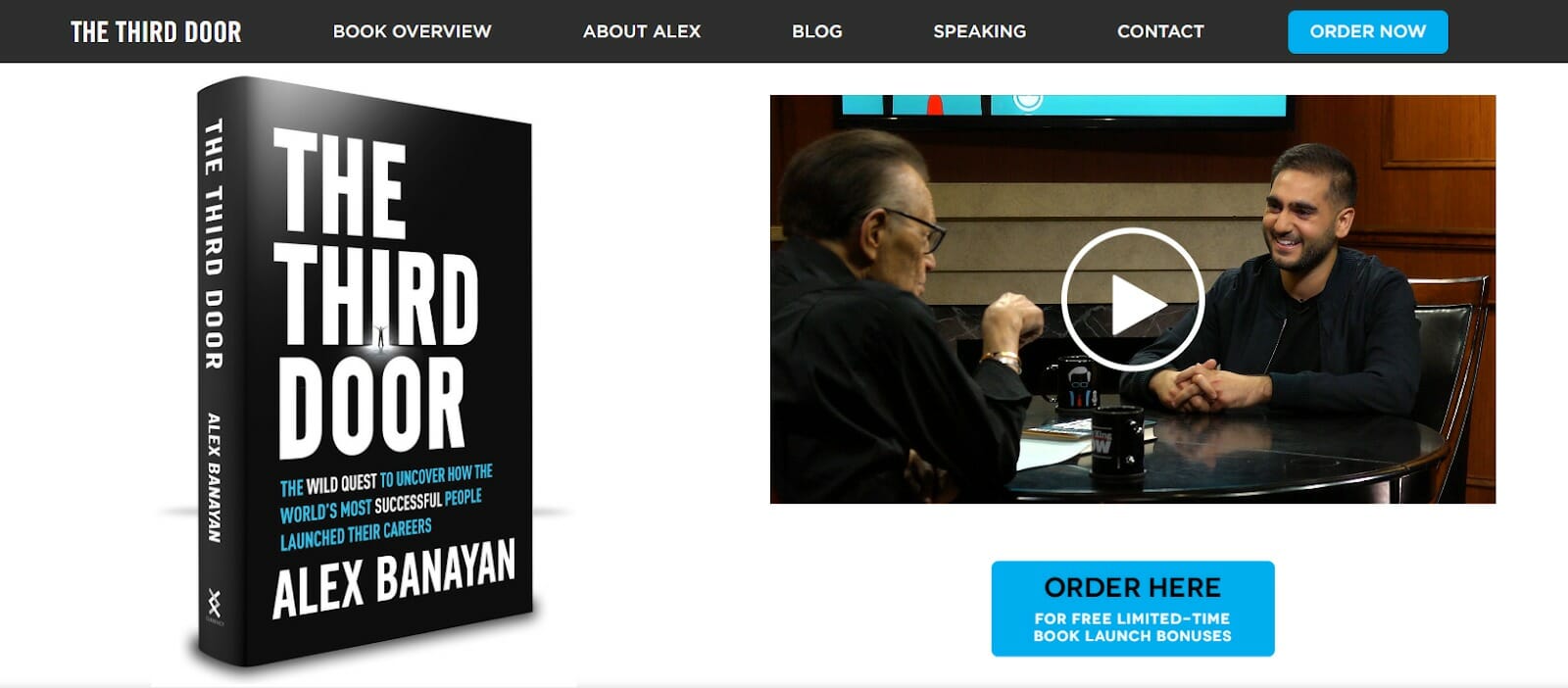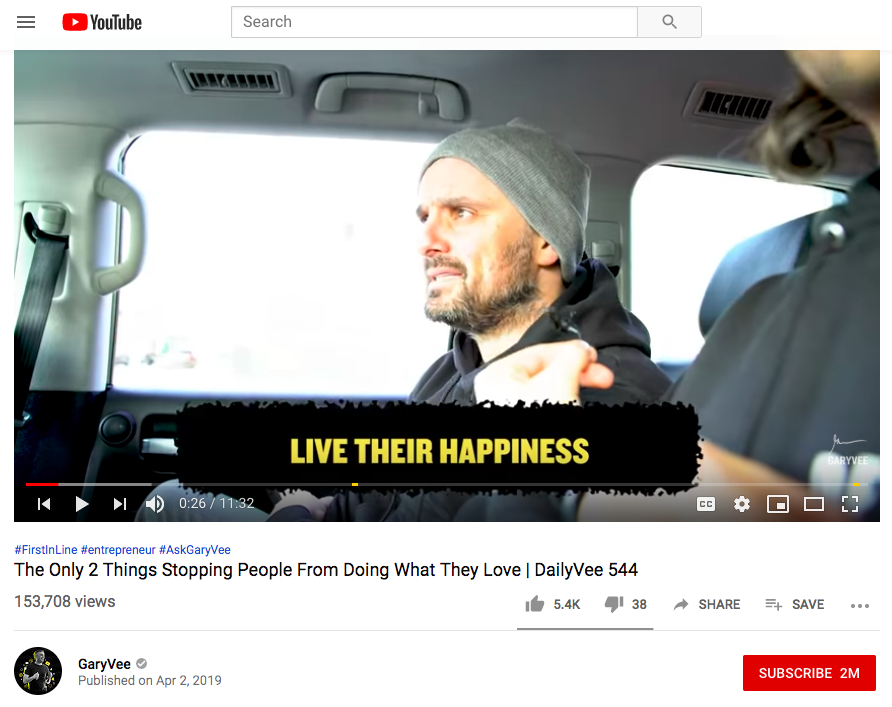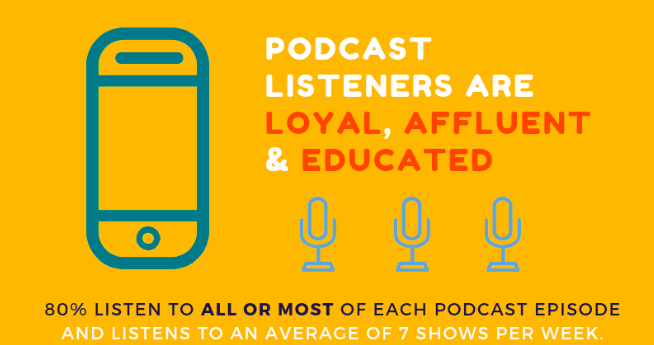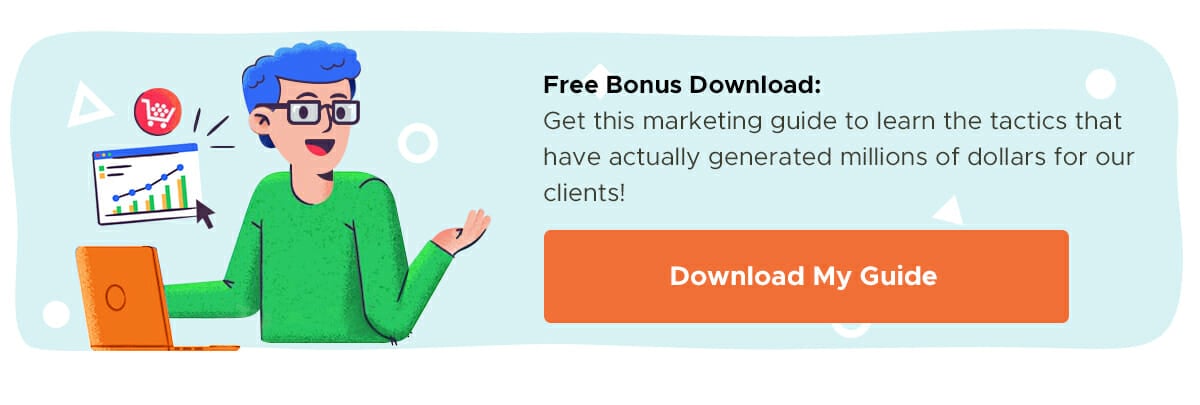Digital marketing as a startup can feel a lot like shouting into the wind. You have a lot of important things to say, but they get drowned out by the noise. And there’s a lot of noise online.
Being a “nobody” in the industry may seem like an insurmountable hurdle to marketing, but it’s actually a huge opportunity. When you’re a household name, consumers have already made up their mind about what you’re selling. But when you’re just getting started, every person you engage with is a potential follower or customer.
What you need in order to ramp up your marketing efforts is traction, and getting it won’t be the result of simply putting your content and messaging out there and waiting for someone to bite. You need to be strategic about where to invest your limited time and budget.
The Biggest Mistake that Startups Make
There’s this idea in business that if you build it, they will come. But simply having a product or service – no matter how great it is – isn’t enough.
The same goes for content. You can post compelling articles, blog posts and images on Facebook, Twitter and Instagram every day, but if you don’t have any followers, no one’s going to see that content.
Making sure the right people know who you are is the key to gaining credibility and raising awareness of your brand. Once you have that traction, it will be much easier to convince potential customers that your product or service is awesome.
Dive Deeper:
Who Has the Traction You Want?
When you don’t have a large social following or deep pockets, getting traction for your marketing efforts may seem impossible. But when you look at successful competitors or other businesses in your industry, it’s important to remember that they started where you are. If they did it, that means you can do it, too.
Seeing what other brands in your space are doing can help when it comes to content creation. Using a tool like BuzzSumo will help you to find out what’s popular for your keywords:

BuzzSumo and similar tools help you satisfy the first step in Brian Dean of Backlinko’s Skyscraper Technique for getting more traction. Basically, the three steps in his model are:
- Find link-worthy content
- Create something even better
- Reach out to the right people
Once you know the content that’s getting the best engagement in your space, you can use it to create better versions of that content. “Better” may mean more comprehensive (the average Google first page result contains 1,890 words). It could also mean more up-to-date examples or better visual assets. Whatever the content is lacking is where your focus should be.
After you’ve published your content, it’s time to find people who linked to the original article or shared it on social networks and ask them to share your improved version. They won’t all do it, of course, but if you can just get a few, you start building that traction. Remember: it never hurts to ask.
When I first got started in marketing, I started sending my content to Neil Patel and asking him to share it. When he started responding to my emails, I started emailing his partner Hiten Shah with links, too. And they would actually tweet out my content, which helped me get a lot of traction in my early days.
It’s also worth noting here that Dean has since updated his Skyscraper Technique to include a focus on user intent signals, calling this new model Skyscraper Technique 2.0. According to Dean, “On paper my content had everything going for it. 200+ backlinks. Lots of comments (which Google likes). And social media shares out the wazoo. What was missing? User Intent.”
As a result, Dean added three further steps to the process:
- Figure out user intent
- Satisfy user intent
- Optimize for UX signals
To be clear, Dean notes that the original Skyscraper Technique still works great. However, if you’re struggling to get traction with the first set of instructions – or if you find that the SEO impact of them isn’t lasting – consider adding a user intent component to your process.
Dive Deeper:
Flattery Will Get You Everywhere
Influencer marketing can be expensive, especially if you’re in a competitive industry like food or fashion. But it’s effective: the earned media value of influencer campaigns averages more than $7 for every $1 spent. If you can’t afford to hire influencers, you can still leverage their popularity with one thing: flattery.
Once you figure out who the influencers in your space are (again, BuzzSumo is a great tool for this), start following them on social media networks, commenting on their posts and sharing their content on your channels.
The goal is to get them to share your content, and there are a couple ways to do that:
- One is to mention the influencers in your articles or blog posts, link out to them, and then reach out to them to say, “Hey, I love what you do. Just wanted to let you know that I linked to your post in an article I wrote about a related topic. Here’s the link if you want to share it with your community.”
- Or you can interview a bunch of influencers in your space and create a roundup blog post or article with their responses. Then you can email them the link when it’s live and tag them in social media posts so they’ll share it with their followers. It’s a super-easy way to get traction.
I did a lot of blog roundups as a way of making connections when I was starting out. Later, when I launched my podcast Growth Everywhere, I was able to leverage those connections to book big-name guests like Neil, Rand Fishkin from Moz and Pat Flynn from Smart Passive Income.
You also never know where those influencer connections might take you later. I had Alex Banayan on my podcast – he wrote a book called The Third Door. As an 18-year-old college freshman, he wanted to find out what the most successful and famous people in the world were doing at his age, and learn their secrets.
But he didn’t know how to interview, so he tracked down Larry King and said, “Hey, I really respect you. Can you teach me how to interview like you do?” He really pestered him, and it led to a mentorship session, a friendship, more connections and, ultimately, interviewing the likes of Bill Gates and Lady Gaga for a bestselling book.

Being aligned with experts and influencers in your field goes a long way to establishing credibility. Once you have that, you’ll be able to leverage it for traffic, leads and even future business opportunities.
You may strike out with the really big names in your industry at first. If that happens, start smaller, and when you’ve built up an audience, try again. And sometimes, patience and persistence pay off. Tim Ferris recently interviewed Neil Gaiman for his podcast – but booking him took 20 years.
Dive Deeper: How to Grow Your Business With Influencer Marketing and Brand Partnerships
Marketing Channels to Focus On
I’m obviously a big fan of blogging, but it’s not the only way to increase your brand awareness and get your name out there. It’s important to think about how you can utilize other media like Instagram, YouTube and podcasts to gain traction.
These channels may not be the right ones for you. Every business is different, and what works well for one industry or brand may not work for another. But these are the channels that work best from a general marketing perspective.
Right now, Instagram is one of the most effective marketing channels for brands. It currently has more than 500 million daily active accounts, and 80% of users follow at least one brand. No matter what your industry is, there’s a good chance your potential customers are on Instagram.

Instagram Stories are particularly effective for businesses – they account for one-third of all stories viewed on the platform. Some ways you can use Stories to highlight your business include:
- Behind-the-scenes content
- Product how-tos
- Industry events
- Consumers interacting with your product
For regular posts, make sure that you regram anyone who posts positively about your business. On your original posts, use popular hashtags to make your content discoverable. Eight hashtags per post is the sweet spot for engagement. You can also leverage your industry’s influencers on Instagram by re-posting their related content and interacting with them on their posts.
Dive Deeper: How to Turn Instagram Followers into Customers with Ephemeral Content
YouTube
YouTube has more than one billion active users – that’s almost one-third of the entire Internet:

So you definitely want to be on this platform if you can. And you don’t have to spend a ton of money on slickly produced videos, either.
Vlogs are a cheap and fast way to churn out video content. If you’ve already researched which keywords and content are popular in your space, all you have to do is set up a web cam and go. Gary Vaynerchuk’s DailyVee is a great example of successful vlogging on a regular basis. His videos get hundreds of thousands of views and tons of engagement:

83% of marketers say that video gives them a good ROI. If you can devise a creative, original way to engage your potential customers on YouTube, you can see a huge return.
Not sure what to vlog about? Look at what others in your space are doing. What are they getting wrong? How could you tackle the same topics, but better? A little research should spark plenty of inspiration for your future videos.
Dive Deeper: How to Work with YouTube Influencers to Grow Your Business
Podcasting
We currently have two podcasts: Growth Everywhere, where I interview successful entrepreneurs on a weekly basis, and Marketing School, where Neil Patel and I discuss marketing topics in ten minutes on a daily basis. Podcasting has brought us some of our best clients.
First, the cons of podcasting: the market is becoming saturated, and it’s a serious time commitment. There are more than 500,000 podcasts and more than 18 million podcast episodes out there. It’s also hard to measure ROI.
But on the pros side, more than half of all people in the United States have listened to a podcast, which means that you have a huge potential audience:

Podcasts are a great way to establish an intimate relationship with potential customers. And building trust goes a long way toward selling your product or service. If you have the time to create a unique, valuable podcast – and this is important, produce it on a consistent basis – then you have your target audience’s undivided attention for minutes and even hours. That’s a hugely powerful thing. It’s been very successful for us here at Single Grain.
Dive Deeper: Why I Decided to Start Podcasting
Dive Deeper:
Key Takeaway
The key takeaway here is that, when you don’t have a large marketing budget or name recognition, building relationships is the best way to get the word out about what you’re selling. Those relationships can be with influencers, social media followers, video watchers or podcast listeners. Whichever channel you choose, you have an opportunity to grow your visibility, credibility and, ultimately, revenue.
One last thought: remember that you don’t need to do everything at once. Pick one channel or tactic and really focus on it. Once it’s really working for you, move on to the next. It’s always better to do one thing well than to do a bunch of things so-so. And odds are, your competitors are trying to do everything at once – so if you can achieve success in one channel, you’ll really stand out from the pack.
